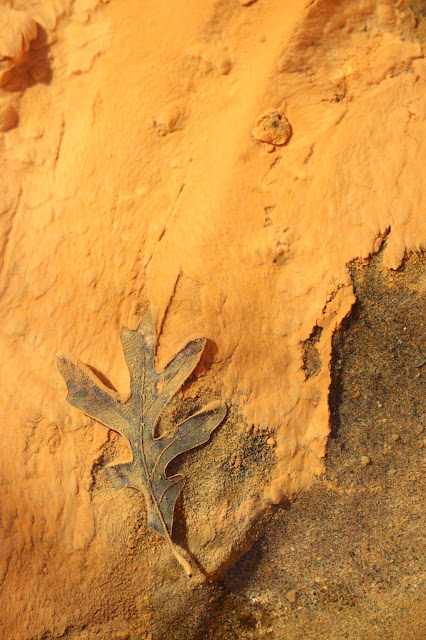Gneiss, Nice!
 A couple years ago, I was invited to do some geology programs with students at a local elementary school. We went out into the woods behind the school and found rocks to hammer open, examining the difference between rocks and minerals. I noticed that there were some interesting rocks lying about that the kids kind of missed. They were mostly glittering biotite (black mica) with veins of translucent or opaque white quartzite.
A couple years ago, I was invited to do some geology programs with students at a local elementary school. We went out into the woods behind the school and found rocks to hammer open, examining the difference between rocks and minerals. I noticed that there were some interesting rocks lying about that the kids kind of missed. They were mostly glittering biotite (black mica) with veins of translucent or opaque white quartzite.The hillside is metamorphic rock from the Wissahickon Formation, which was part of a mountain range that was pushed up over 450 million years ago. The mountains were worn down to foothills in the intervening millennia. Under constant pressure from the mass of rock above them, the bases of the mountains squeezed to form the minerals that can be collected on the surface today.
The bulk of the rock is gneiss (pronounced "nice"). Gneiss is generally composed of mica, feldspar, and quartz with various other minerals that vary from one locality to another. At this particular locality in Hockessin, Delaware, the rock is called "North Star Gneiss." Rather than forming mixed in with the mica and feldspar, the quartz/quartzite formed veins between masses of biotite and feldspar rock. The result is something that often looks like an Oreo cookie or an ice cream sandwich.
I resolved to go back when I wasn't working and see what I could find. The school districts here are usually keen for people to come enjoy the schoolyards when school is not in session -- gives them more incentive to support school tax increases. I finally got back there today, two years later. Better late than never. The veined rocks were rather few and far between, and nice examples were harder still to find, but I did come home with a few good pieces.




Comments
Post a Comment